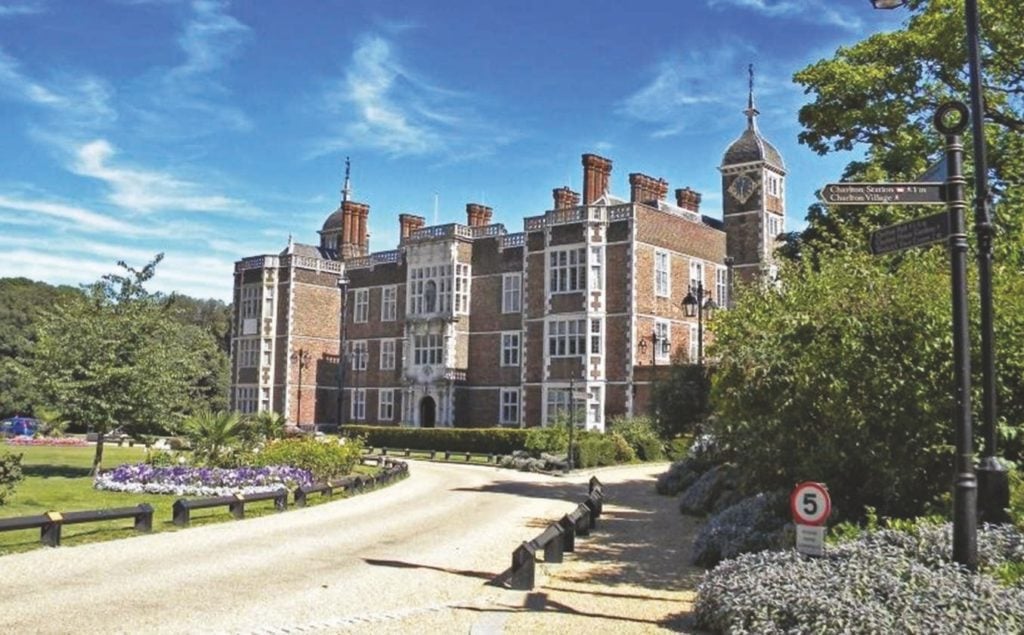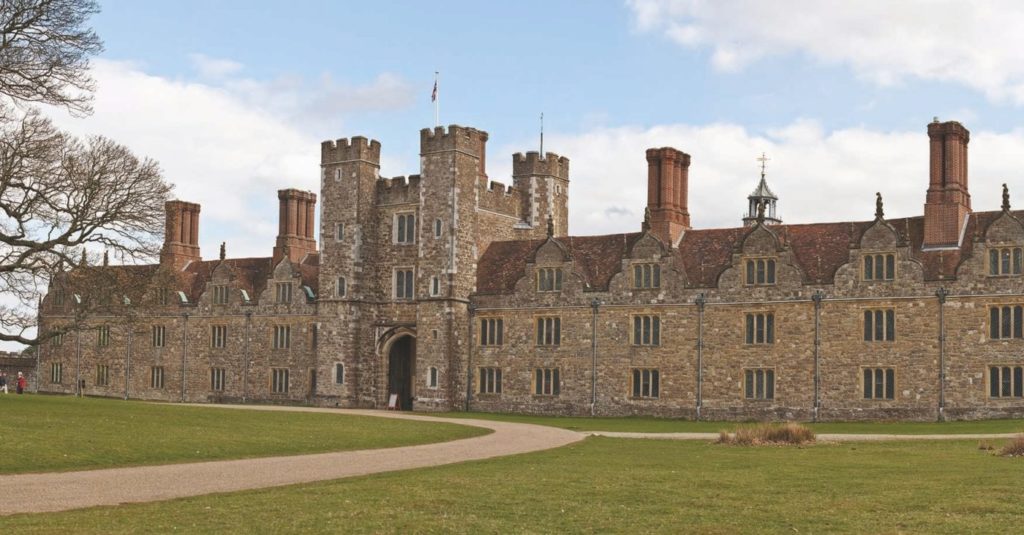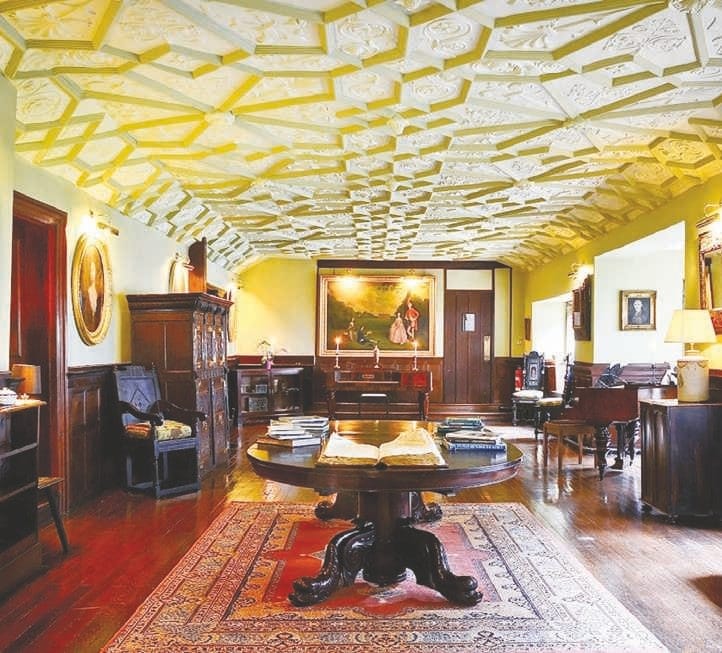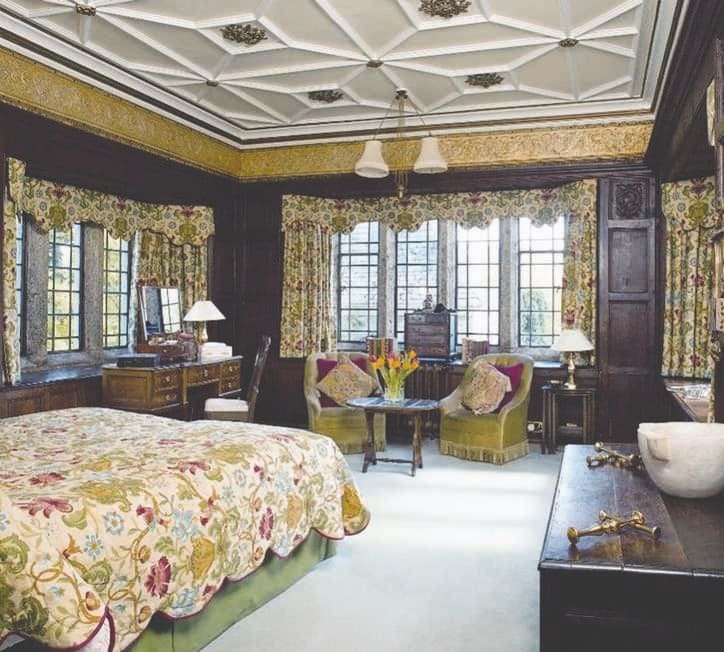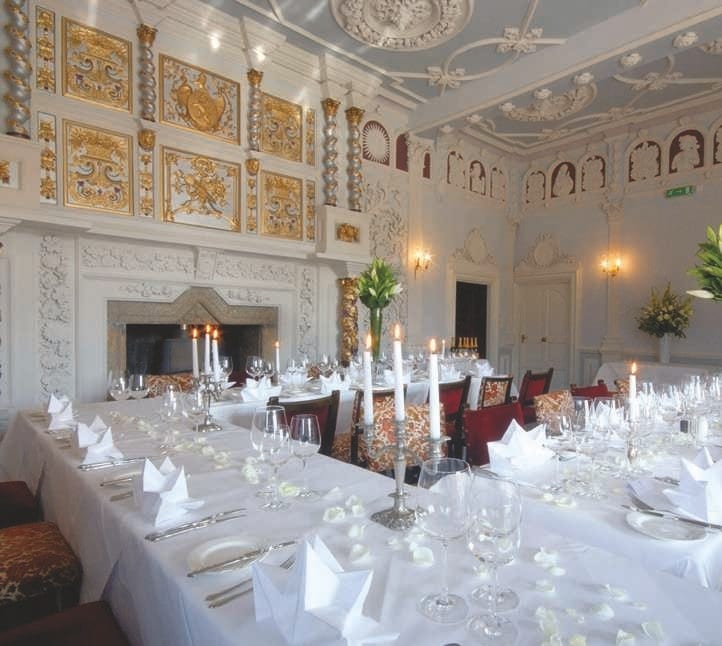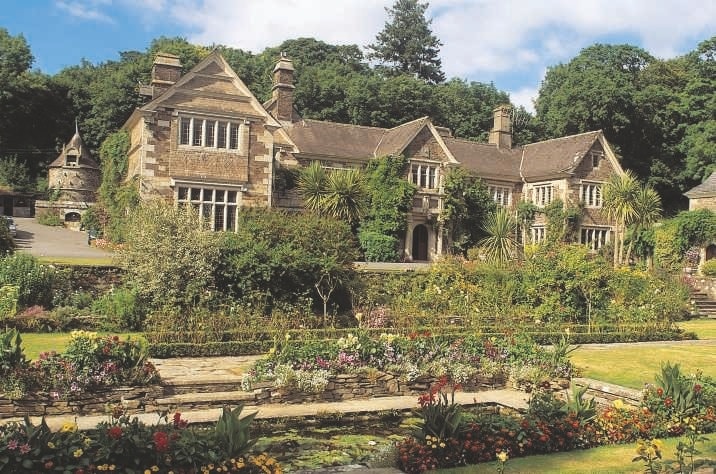The Jacobean House
Edward Lucas, Director of the Country House Department at Strutt & Parker, talks about Jacobean architecture.
The Jacobean house style, so named for King James I of England (also King James VI of Scotland), was a brief period of architectural design from 1603 to 1625. Though properties of this style are rare on the market, these opulent and richly-textured homes are beautiful examples of British history, and worth investment.
The Jacobean House Movement
During King James’ relatively short reign, members of his court focused on creating elaborate properties, or “prodigy houses”, in a style that came to be known as Jacobean. These properties became synonymous with grandiose wealth, with architects drawing on Classical design quirks to create sumptuous, palatial buildings in which courtiers could reside.
Though influenced by the preceding Elizabethan style of architecture, this period saw the greater influence of formal design. External flourishes were de rigueur, with internal décor matching impressive, fanciful exteriors.
How to Recognise Jacobean Property
England’s dominance in Europe, established under the previous Tudor reign, along with its growing trade sphere which now incorporated the New World and Islamic countries, and the political stability brought by the first joint king of England and Scotland, led to a brief renaissance in English art and architecture that favoured Classical elements with a continental flavour. At the same time, the upper classes found themselves flush with cash thanks to relatively low taxation and took advantage by building themselves new stately homes.
Jacobean houses were therefore built to impress and spared no expense. Soaring ceilings, sprawling designs and floorplans, and striking architectural stonework bordering on the gaudy were all in fashion. Less country home and more rural mansion, these properties are glorious examples of British lavishness: refined, but also ambitious.
Many of these properties were palaces in all but official title. Expansive in nature on the inside, Jacobean homes often feature columns or pilasters, arches and arcades to provide external texture and create a sense of grandeur. With their flat roofs featuring windows, parapets and a plethora of scrolls, strapwork and intricate stonework, the buildings are artlike in their outside presentation.
Jacobean properties can be anything from individual castle-like buildings to extended terraced houses, featuring innumerable rooms built behind a single, magnificent façade. What unites them all in this architectural period is their dedicated emphasis to the art of excess. Though some architects chose to use fewer obvious external flourishes, the enormous size of these properties still displayed a significant show of wealth.
Where to Find Jacobean Property
Though the Jacobean style has been imitated in properties located in more urban areas, the home of this style of architecture is indubitably in the country. What would a Jacobean house be, after all, without good grounds to surround it? These properties can therefore often be found in the most picturesque parts of the countryside, where they provided rest and relaxation for King James I’s courtiers and peers, with the countryside the only location with enough space to accommodate them.
Examples of gorgeous Jacobean properties include Knole in Sevenoaks, Kent; Hatfield House, Hertfordshire; and Audley End House and gardens, Essex. Although rare, there are city-based Jacobean properties: Charlton House in Greenwich is one.
There are beautiful examples of Jacobean elements in properties located in Mossdale and Canterbury.
Things to Know Before Buying a Jacobean House
It is likely that the property purchased will form only one part of a much larger Jacobean estate. Several Jacobean mansions have been transformed into luxurious apartment properties, featuring arcing ceilings and impeccable square footage – even as apartments, they provide more than enough space and bedrooms for large families.
Authentic Jacobean properties are not only limited in number, but also very likely to need some restoration. Buyers fortunate enough to find one for investment, therefore, should be prepared to put work into restoring and maintaining these properties, acting as custodians of history.
In order to accomplish this, special planning permission may be required before any work is undertaken, as an original Jacobean property is likely to be protected as Grade I or Grade II* listed, given the historical significance and rarity. These “special interest” properties require sensitive amendments to be carried out by approved contractors, who understand the special care that must be taken when dealing with the antique aspects of a property’s original construction elements.
This might include the sourcing of original materials or hiring of craftsmen trained in the protection of Jacobean era-specific detailing on the exterior, such as stone carving. Homeowners may also be responsible for ensuring the preservation of the original design flourishes both on the interior and exterior of the building. Any work will likely require approval from local authorities.
However, these efforts will not be in vain. While they may require some work, Jacobean properties are generally tough and built to last. They also have an increasing value because of their growing scarcity and are more than likely to pay back any investment down the line.
Common issues with Jacobean homes Generally, Jacobean construction provides excellent bones for creating a beautiful period home. However, there are particular features that may need attention when renovating a property of this type.
For instance, though usually stunningly ornate, the plaster used in these homes can be extremely delicate and prone to weathering. Care should be taken when undergoing any work that may disturb decorative details such as covings, cornices or ceiling roses. Exterior plasterwork, such as stucco fascias, may require some care.
The Benefits of Restoring a Jacobean Home
A Jacobean home is a ‘statement’ addition to any property portfolio, with stunning features both external and internal, and an awe-inspiring design. The restoration of a Jacobean home can be enjoyed both privately and publicly, given this architectural period’s historical significance. Restoring a property of this type is likely to require considerable dedication and commitment, but the splendour of a restored Jacobean home is like none other.
Strutt & Parker are currently marketing the Jacobean property Watergate House in Fordwich, near Canterbury.
Posted in: Property
